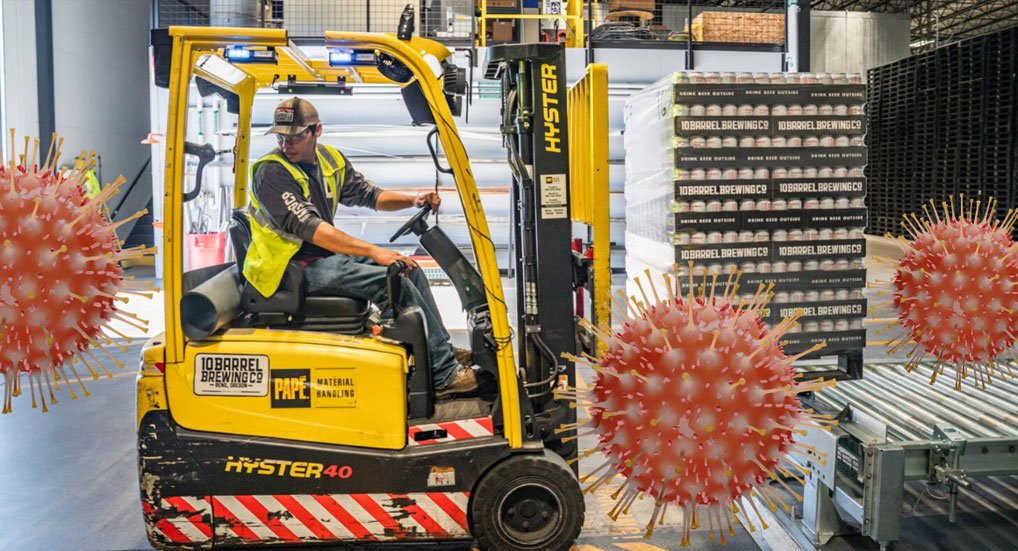The Department for Business, Energy & Industrial Strategy published government guidelines on April 7th (and updated them on April 24th) that include recommendations for different sectors. Where logistics businesses are concerned the guidelines acknowledges:
“Logistics businesses play an important role in ensuring goods can get to where they are needed and that they can continue to operate if they do so in accordance with the social distancing guidelines wherever possible.
“Where it is not possible to follow the social distancing guidelines in full in relation to a particular activity, you should consider whether that activity needs to continue for the business to continue to operate, and, if so, take all the mitigating actions possible to reduce the risk of transmission between staff.”
What the Government Guidelines Suggest – Key Takeaways
- If the standard 2-metre social distancing gap cannot be maintained between staff, such as Warehouse Operatives, employees should work side-by-side. An alternative is for workers to face away from each other, which is safer than working face-to-face.
- Staff should only come to work if they are feeling well and no one else in their household is self-isolating. This will help protect the rest of your workforce.
- The guidelines encourage putting up clear signage and floor markings around warehouses to further reinforce the importance of maintaining a 2-metre distance between colleagues where possible.
- Employers should advocate for their staff to wash their hands with soap and water as often as possible for a minimum of 20 seconds each time. Providing soap, water and hand sanitiser as well as extra pop-up handwashing stations will help facilitate this.
Click here to read the full government guidelines for social distancing in the workplace within different sectors.

Some business like DURABLE, who develop and produce pioneering business supplies, have been busy devising ways to utilise their existing products and materials to create a Visor. According to Warehouse and Logistics News, the anti-glare, anti-condensation and heat resistant Visors and Face Masks the company have produced work as a physical barrier to minimise the exchange of droplets between people in direct contact with one another. Therefore, the Face Visors could act as an effective piece of Personal Protective Equipment (PPE) to maintain warehouse health and safety.
Face Visor by DURABLE. Image from: Warehouse and Logistics News
Meanwhile, the United Kingdom Warehousing Association (UKWA), which has postponed its flagship Annual UKWA Lunch & Awards until Tuesday 10th November 2020 due to the virus, has signposted readers to Logistics Consultant Davies & Robson’s detailed guide on how to implement warehouse social distancing. Although government guidelines should be adhered to at all times, it pays to learn from the insight of those in the warehousing and logistics industry. The whitepaper from Davies & Robson contains practical ideas to support essential warehouse operations whilst promoting warehouse health and safety.
What Industry Experts Suggest – Key Takeaways
- Conduct ‘day in the life of the operation risk assessments’ to pinpoint areas where social distancing measures might not be possible, for instance, health and safety requirements for two-person heavy lifting. Where such activities are essential, further measures will be needed, such as appropriate handling equipment and full PPE and training.
- Cut the number of people on shift at any time whilst increasing the number of shifts. So, introduce extra shifts per day or a 7-day-week shift pattern. Note, these changes might need a consultation so manage them with sensitivity.
- Get in touch with your Warehouse Management System (WMS) provider to discuss how your system might be adapted to suit the need for workplace zones (see below) or amended picking & packing processes.
- Contact your parcel and pallet carriers about consignment consolidation to make order packing less complex.
Workplace Zones
- Where possible, create zones to separate colleagues to reinforce social distancing rules.
- Specify individual work zones for employees who can work in a fixed location and, where you can, mark these zones out on the floor.
- Tape, temporary signage and different colour space marker cones can be used to outline flexible zones.
- Designate picking zones to include particular shelving, racking or block stack aisles.
- Where aisles in the warehouse cannot be converted into single colleague zones, they should be restricted to one-way traffic, with directions clearly marked out on the floor.
- In packing or kitting locations, close-proximity lines or fixed cells will work well to create a physical barrier between employees.
- Alongside planning workplace zones, minimise movement and waiting by splitting end-to-end workflows into smaller segments with natural handover points.
Repositioning
- To prepare for the workplace zones mentioned above, move inventory and avoid underutilising aisles. Ensure the inventory and workload is distributed throughout all the workplace zones.
- Introduce product family groupings to enhance pick efficiencies. If you’re introducing sequential zone picking for full orders, reposition heavy products to the start of the pick route and fragile items to the end.
- Put fast-moving items to block stack or closest to the packing area.
- Move slow-moving or non-essential items to highest locations in the warehouse or transfer to long-term storage.
Access
- Remember that all non-automatic doors present a contamination risk as lots of different employees have to touch the door/door handle multiple times a day. Some doors (excluding security and fire doors) might have to be safely propped open.
- Install a hand sanitisation station on both sides of any door that needs to be closed (think the set up that hospitals have).
- Try to establish one-way routes around your warehouse and premises where passageways don’t give 2 metres for two people to pass one another.
Communication
- Use walkie-talkies or low-cost mobile phones to reduce the need for staff to be face-to-face and eliminate the need for employees to search for one another.
- Make sure shift meetings take place in an open area where social distancing can still be practised.
- Make use of video chat to enable employees to help one another solve problems and maximise email, text or direct messaging to share information.
Personal Protective Equipment (PPE)
- Employees should wear PPE from the very start of their shift and gloves should be changed whenever necessary.
- People are often deterred from touching their faces if they are wearing gloves and safety glasses or a visor. This will help reduce contamination.
- Where social distancing cannot be maintained, staff should wear disposable out layers and face masks.
The Whitepaper contains further actionable information on the different aspects of warehouse health and safety covering the following areas: Picking, Packing, Replenishment, Marshalling, Dispatch, Arriving at and Leaving Work and Breaks.
Click here to read Davies & Robson’s full Whitepaper: A Complete Guide to Warehouse Social Distancing.
Thank You Prolog Staff!
Prolog would like to take this time to thank all our Warehouse Operatives who have continued to work diligently during the COVID-19 situation and maintain warehouse health and safety in an exemplary manner.
We would also like to express our gratitude to the remainder of our staff who continue to work hard from home!







